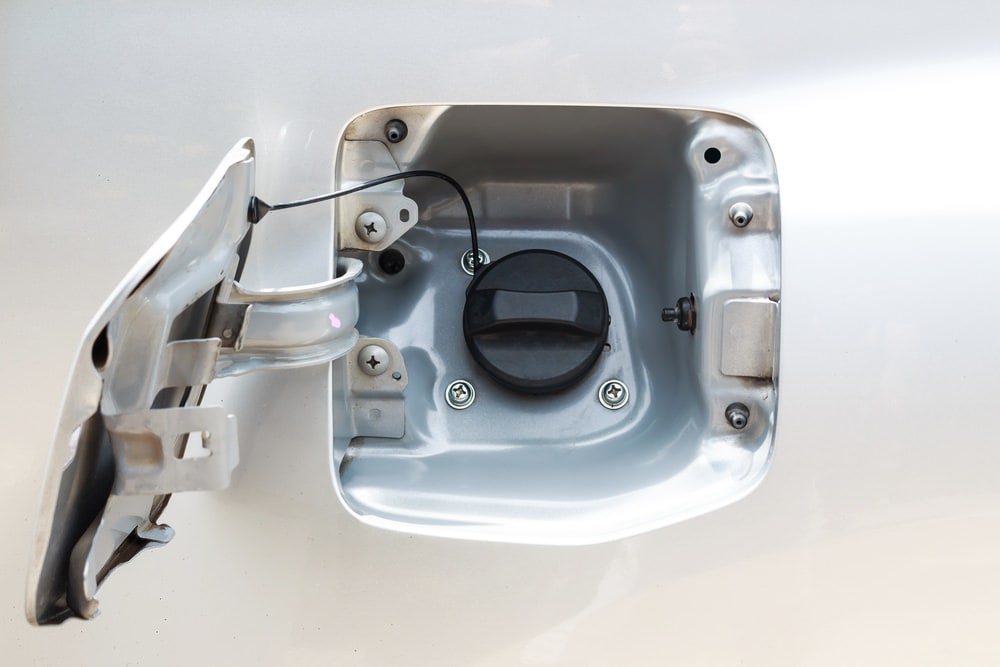

Nearly everyone who has been behind the wheel of a vehicle has pumped gas into the fuel tank until the tank was full. When the tank is full, the nozzle makes a ‘clunk’ sound and the gas stops flowing. The nozzle is able to determine when the tank is sufficiently full and shuts off the flow both for safety reasons and for the benefit of the fuel vapor canister.
Even though it seems unlikely to have a part in the fuel system that is specifically not meant to hold liquid fuel, the fuel vapor canister plays an important role that most people don’t even know exists.
When gas is a gas...
Gasoline is usually abbreviated as just ‘gas’. This is a funny nickname, given that a gas is by definition not a liquid; but ‘gas’ is a liquid… or is it? Gasoline produces vapor that is explosive, toxic, and highly volatile. A cloud of vapor is also a lot harder to spot than a puddle of gasoline, so it is much less visible while being significantly more dangerous.
In the past, cars have relied on gas caps that allow the vapor to vent from the fuel tank to prevent pressure from building up. While this protected the fuel tank, the environmental consequences were severe. Gas vapor is an unpleasant gas that negatively affects breathable air, and is a big contributor to smog and poor air conditions in urban areas.
Unsurprisingly, modern cars have a much better solution to the problem of gas vapor in the fuel tank; and that solution is a fuel vapor canister. This neat little part is filled with carbon, like the filter in an aquarium, which keeps vapors in check and allows the vaporized gas from the tank (and carburetor if applicable) to re-enter the fuel system and get burned up in the engine. Liquid fuel reduces the effectiveness of this canister and can cause enough damage to render the vapor canister completely useless. This will lead to an expensive repair but it can be easily prevented.
Do not top off the tank after the valve in the nozzle stops the flow of fuel.
There are many ways to get around the little mechanism in the pump nozzle that stops the flow of fuel once the tank is sufficiently full. Some people keep pulling on the handle, making the pump stop over and over until they are positive it is full. Others lift the nozzle out of the filler neck to prevent the valve from closing. Either way, this practice can get liquid fuel into the vapor canister and can also cause gas to spill out onto the ground.
Spilled gas is an unnecessary hazard, and gas stations go to great lengths to prevent it. Topping off the tank can cause gas to splash out of the filler neck onto the person pumping and the ground around them. The best-case scenario after this happens is a car interior that now smells like gasoline. The worst-case scenario would involve a lot of fire and avoidable insurance claims.
You cannot top off the fuel tank because the fuel pump nozzle will alert the person pumping when there is a sufficient amount of gas in the tank by shutting off the flow. Even though it is possible to add more gas after this point, it is not advisable.



